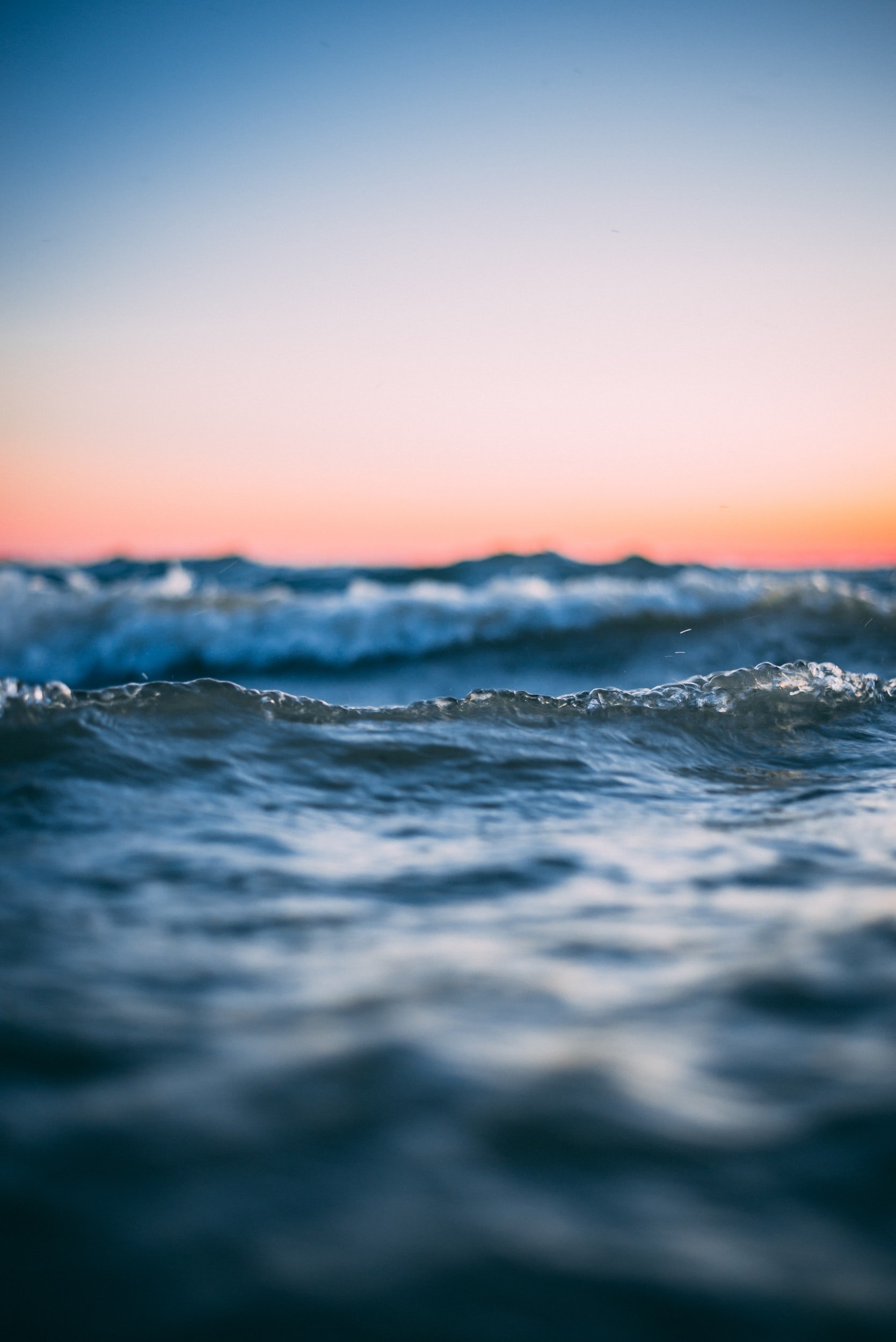
Recent marine heatwaves in Aotearoa New Zealand
Marine heatwaves can have devastating effects on marine ecosystems and industries. As well as forecasting when and where marine heatwaves will affect New Zealand coastal and oceanic waters, The Moana Project have developed a tracking system that records marine heatwaves over the past twelve months. This system helps scientists, resource managers and the public in monitoring and understanding extreme temperature events that impact our coastlines.
The graphs below show sea surface temperatures at selected coastal sites. The graphs show the conditions of the last 12 months (thin line). Red shading appears when temperatures are above the marine heatwave threshold. When they have been above the threshold for five days in a row, the area is experiencing a marine heatwave.
Please note that the statistics for each region are calculated on the first of every month.












The hindcasts above show the average sea surface temperatures for larger coastal areas. Within these larger areas, temperatures may differ from site to site due to local topography. For example, shallow waters within enclosed bays may be warmer. The model used has a 5 km by 5 km grid, which means that small-scale local variations may not show.
In the Moana Project…
We are studying marine heatwaves around New Zealand. Focusing on locations used by the fishing and aquaculture industries, we are investigating trends and variability in marine heatwaves and the local and large-scale environmental factors causing them. We are also using machine learning to help us get better at predicting when marine heatwaves will strike New Zealand waters in the future.



